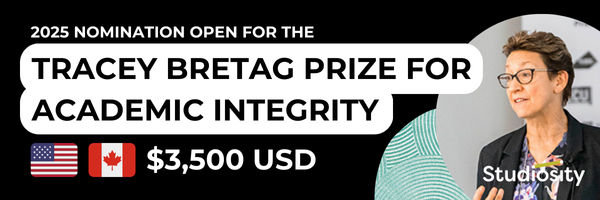Lassonde School of Engineering's Cuiying Jian combines cutting-edge environmental research with equity-driven teaching innovations to inspire the next generation of engineers.
Jian's path into mechanical engineering began with a fascination for physics in high school. "Every night before I went to sleep, I would picture Newton's laws and other formulas in my mind," she says. That early passion led her to pursue engineering, which she describes as applied physics - a way to translate fundamental science into practical solutions that improve lives.

Ciuying Jian
That same desire to make a difference has driven her work since joining the Lassonde School of Engineering six years ago. Jian focuses on developing sustainable and economically viable methods to repurpose carbon reserves and residues into useful materials like graphene, which can be used in applications such as water treatment and energy storage.
"The question I kept asking was: 'How can we turn waste - even toxic materials - into something useful?'" she says.
Her research has taken her from Alberta's oil sands to a postdoctoral fellowship at MIT, where she explored how laser technology can transform heavy, toxic waste - like the thick substances from Canada's oil sands - into graphene. Graphene is a super-thin, super-strong form of carbon useful for cleaning water and supporting energy solutions. At York, Jian and her team are working with electrical engineers to develop scalable methods that turn such waste, including used plastics, into graphene-based materials capable of efficiently removing harmful metals from water, detecting pollutants or powering small electronic devices.
Her efforts have earned recognition, including the Lassonde Innovation Award, the Petro-Canada Emerging Innovator Award and the Canadian Society for Mechanical Engineering (CSME) I.W. Smith Award. But for Jian, the deeper reward lies in the potential impact. "When I do my research and see how it can help people, I feel rewarded," she says. "That sense of impact gives me the motivation to keep doing more."
That commitment to effective solutions also shapes Jian's work in the classroom. She has taken a leading role in incorporating equity, diversity and inclusion (EDI) principles into mechanical engineering education. Through a project supported by Lassonde, York's vice-president equity, people and culture, and the Educational Innovation Studio, she and her colleagues are developing contextualized course materials that reflect real-world and human-centred scenarios.
In her teachings, students might be asked to analyze the physics of pushing a grocery cart - considering how the experience changes based on a person's height, age or mobility. "We want students to apply theory in ways that are meaningful and inclusive," says Jian. "And we want them to see from day one that engineering is about people, not just machines."
She has presented the project at EDI symposia and is preparing to share it at future conferences. Her goal is to see this approach integrated throughout the curriculum.
Jian also wants students - especially those early in their academic journey - to feel that engineering is accessible. "Most of our undergrads go straight into the workforce, so, I want them to feel connected to engineering from the beginning - even if they're not involved in research. I want them to see themselves in this field."
That sense of belonging is one reason why Jian is committed to increasing female representation in her field of study. "Mechanical engineering is still an area where female representation remains low," she says. "But, if you look at the number of women pursuing PhDs now compared to a decade ago, you can see the shift beginning. The hope is that some of them will become professors or take up impactful roles in the field. That's when we'll see the chart start to go up."
For Jian, being present and visible matters - in the lab, in the classroom and in the broader engineering community. "If no female professors were in mechanical engineering, maybe the percentage of women students would go down," she says. "But if students see someone there, they can believe they can be there too."
This story was originally featured in YFile, York University's community newsletter.










